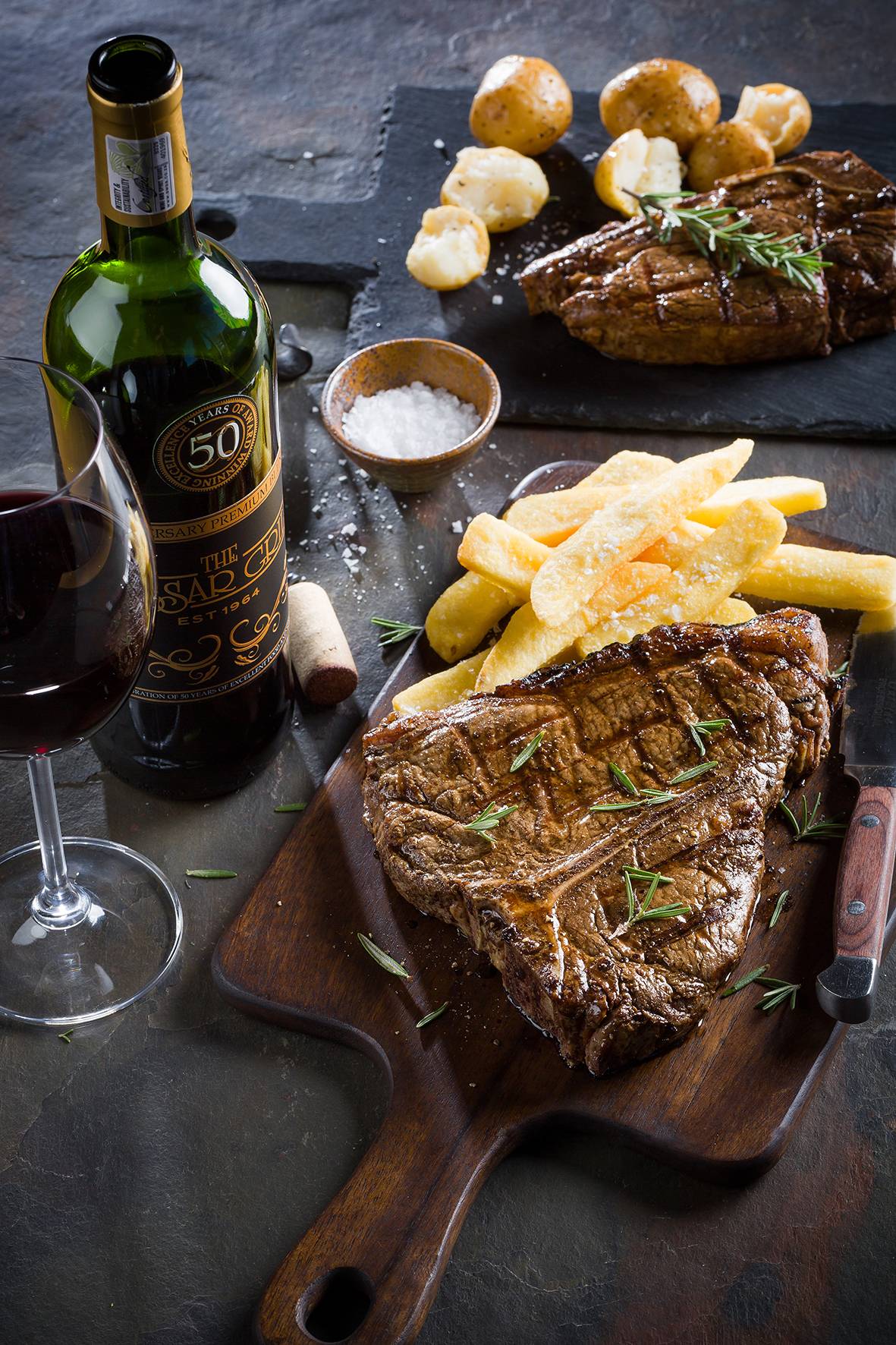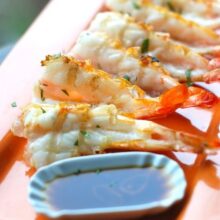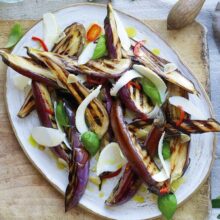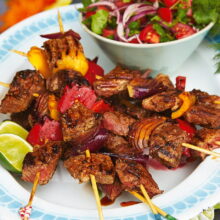Grilling Steak With Wine

Wine is a great way to enhance the flavor of your grilled steak. It is also a good choice for a marinade.
For best results, use a hot grill and watch your steak closely. You want to get a nice brown crust on the outside of your steak and a juicy, tender interior.
How to Use Wine to Enhance the Flavor of Your Grilled Steak
A good wine can add so much depth and flavor to your grilled steak. Here are some tips for choosing the right one.
Red wines are a popular choice because of their tannins which help to bring out the flavors of meat and cut through fat. However, white wines can also be a great choice if you’re looking to balance the richness of a steak dinner.
Pinot noir is a light-bodied red that works well with filet mignon and beef tenderloins. Because it has high acidity but low alcohol and tannins, it will not overpower the flavor of the steak. It also pairs well with a steak sauce.
Dry Brine
Dry brining is a great way to enhance the flavor of your steak. This process uses salt to permeate the meat and denature proteins, which tenderizes the cut.
Another benefit to dry brining is that the salt solution dries out the meat’s surface, which results in a crustier finish on the outside of the steak. This helps ensure a juicy center, too!
The salt also works to break down muscle fibers, resulting in a more tender bite. While wet brining uses a water solution to submerge the meat, dry brining relies on a coating of salt and a set amount of time to work its magic.
Sear on the Hot Side of the Grill
The grill’s hot side is where you’ll sear your steaks before moving them to the cool side for finishing. This two-zone technique helps prevent flare ups, and the temperature of the meat can be monitored with an instant read digital thermometer.
A thick cut of steak will take longer to cook than a thin one, so make sure you’re watching the internal temperature carefully. Use a thumb test or a meat thermometer to judge doneness before removing your steaks from the grill.
Start by searing the seasoned steaks over direct heat for about 3 minutes, rotating partway through to create cross-hatch grill marks. Once they have a nice crust, move them to the indirect side of the grill and continue cooking until they reach your desired level of doneness.
Sear on the Cool Side of the Grill
If you’re cooking a thick steak, the reverse sear method is one of your best options. It first cooks the steak at a low temperature to raise the internal temperature and prevent overcooking the outside of the meat.
Then, the steak is seared over high heat to create a delicious crust. You can use a smoker, oven, or grill to accomplish this process.
The technique works especially well on thick cuts of beef like rib eye, tomahawk, tri-tips and t-bone steaks. However, it doesn’t work well for thin cuts of steak because the Maillard reaction can’t start until most of the surface moisture has evaporated.
Brush with Butter
Whether you’re basting steak on the grill or using it as a way to create a crust, butter brushed on steaks gives them an extra boost of flavor. It’s a trick that’s commonly used by restaurant chefs, but it’s easy to do at home too.
The key to brushing steak with butter is to keep your pan hot. This will help to build the crust without overcooking the meat.
Make a Pan Sauce
A pan sauce is a delicious way to finish off grilled steaks. It starts with the fond (those tasty browned bits left over from searing meat) and drippings, concentrates them through garlic and shallots, then thickens them into a syrupy reduction sauce that pairs perfectly with steak.
The red wine in the sauce thickens and intensifies the flavors from the pan, and a bit of butter adds that perfect tangy touch. Use it to coat and drizzle steaks, or serve over roasted chicken or pork tenderloin.


